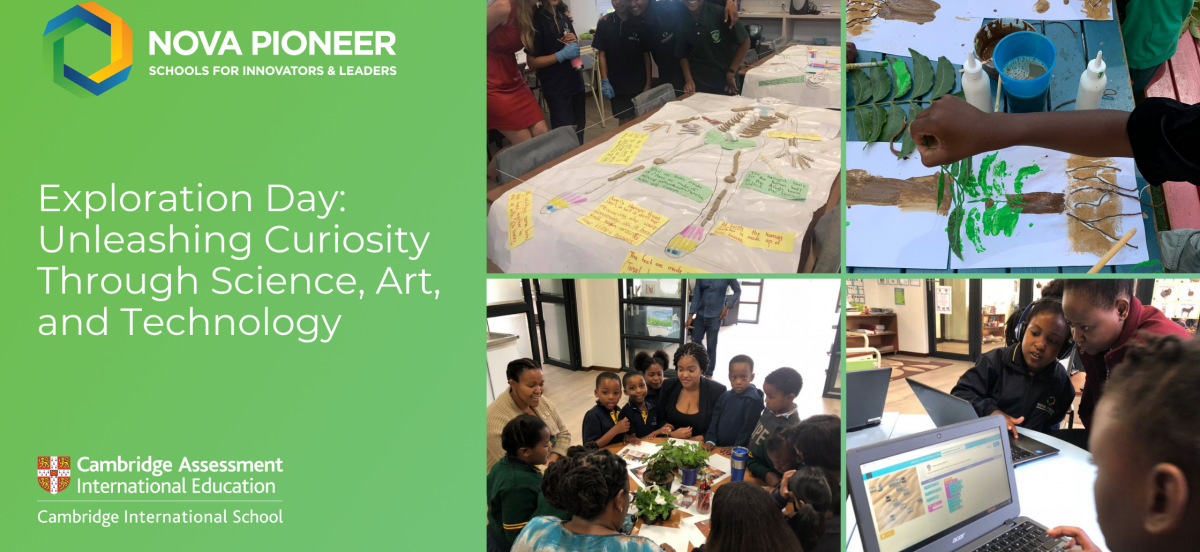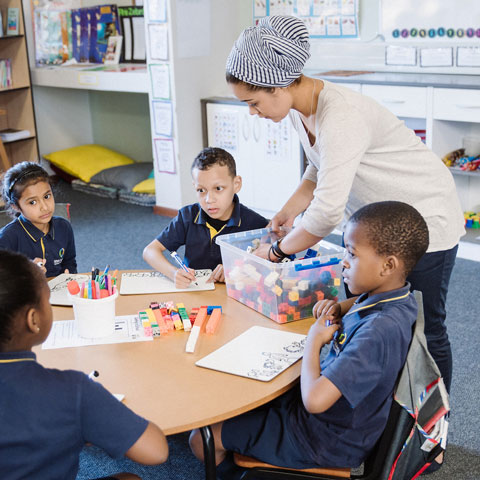At Nova Pioneer, we believe in creating learning experiences that go beyond traditional classroom boundaries. One of our signature initiatives, Exploration Day, is a testament to this philosophy. Designed as a theme-based investigation space, Exploration Day encourages our students to delve into their interests through the interconnected lenses of science, art, and technology.
What is Exploration Day?
Exploration Day is not just an event; it’s an opportunity to deepen the learning already happening in our classrooms. Each Exploration Day theme runs for half a term, culminating in student-led exhibitions that showcase their work, investigations, and achievements. These exhibitions are a celebration of the hard work and creativity our students pour into their projects, providing them with a platform to share their insights with peers, teachers, and the broader school community.
A Holistic Learning Experience
During Exploration Day, students engage in a 3-part rotation across Science, Technology, and Art. Each activity is thoughtfully designed to align with the Cambridge curriculum, ensuring that the exploration is both enriching and academically rigorous.
- Science: Activities are directly tied to the Cambridge Science curriculum, allowing students to explore scientific concepts hands-on. For example, in Grade 3, students might investigate the properties of light, shadows, and materials—learning about transparency, translucency, and opacity.
- Art: The Art component draws from the Cambridge Art and Design curriculum, encouraging students to express their creativity while developing critical artistic skills. In the same Grade 3 unit, students might explore shapes, spaces, and patterns through various printmaking techniques, inspired by architecture and the environment around them.
- Technology: Technology activities incorporate the Cambridge Digital Literacy curriculum and even LEGO Spike Robotics. As students progress, they also begin instruction with Code4Kids, building a foundation in coding and digital literacy that is essential for the future.
Grade 3 Exploration Day: Light, Shadow, and Space
To illustrate the richness of Exploration Day, let’s take a closer look at a specific unit from Grade 3, titled Light, Shadow, and Space. This unit is an excellent example of how we integrate Science, Art, and Technology into a cohesive learning experience.
- Science: Students start by exploring the properties of light and shadows. They learn why shadows form, how they change, and what affects their size. Understanding the concepts of transparency, translucency, and opacity is crucial before delving into shadow formation. This scientific exploration lays the groundwork for a deeper understanding of how light interacts with different materials.
- Art: In the Art rotation, students use their newfound knowledge of light and space to inspire their creative work. They explore the shapes and spaces in their surroundings, from architecture to garden design, and experiment with printmaking techniques like block printing and collography. The focus here is on the creative process, encouraging students to document their ideas, experiments, and evaluations in their visual journals.
- Technology: The Technology rotation introduces students to safe digital research. They learn about browsers, websites, and search engines, developing the skills to find and assess information online. The concept of a digital footprint is also introduced, helping students understand the importance of responsible internet use.
Why Exploration Day Matters
Exploration Day is more than just a fun activity; it’s a vital part of how we nurture curiosity, creativity, and critical thinking in our students. By integrating Science, Art, and Technology into a single learning experience, we provide our students with the tools they need to explore their interests and develop a deeper understanding of the world around them.
At Nova Pioneer, we’re not just preparing our students for the next test—we’re preparing them for the future, one Exploration Day at a time.


